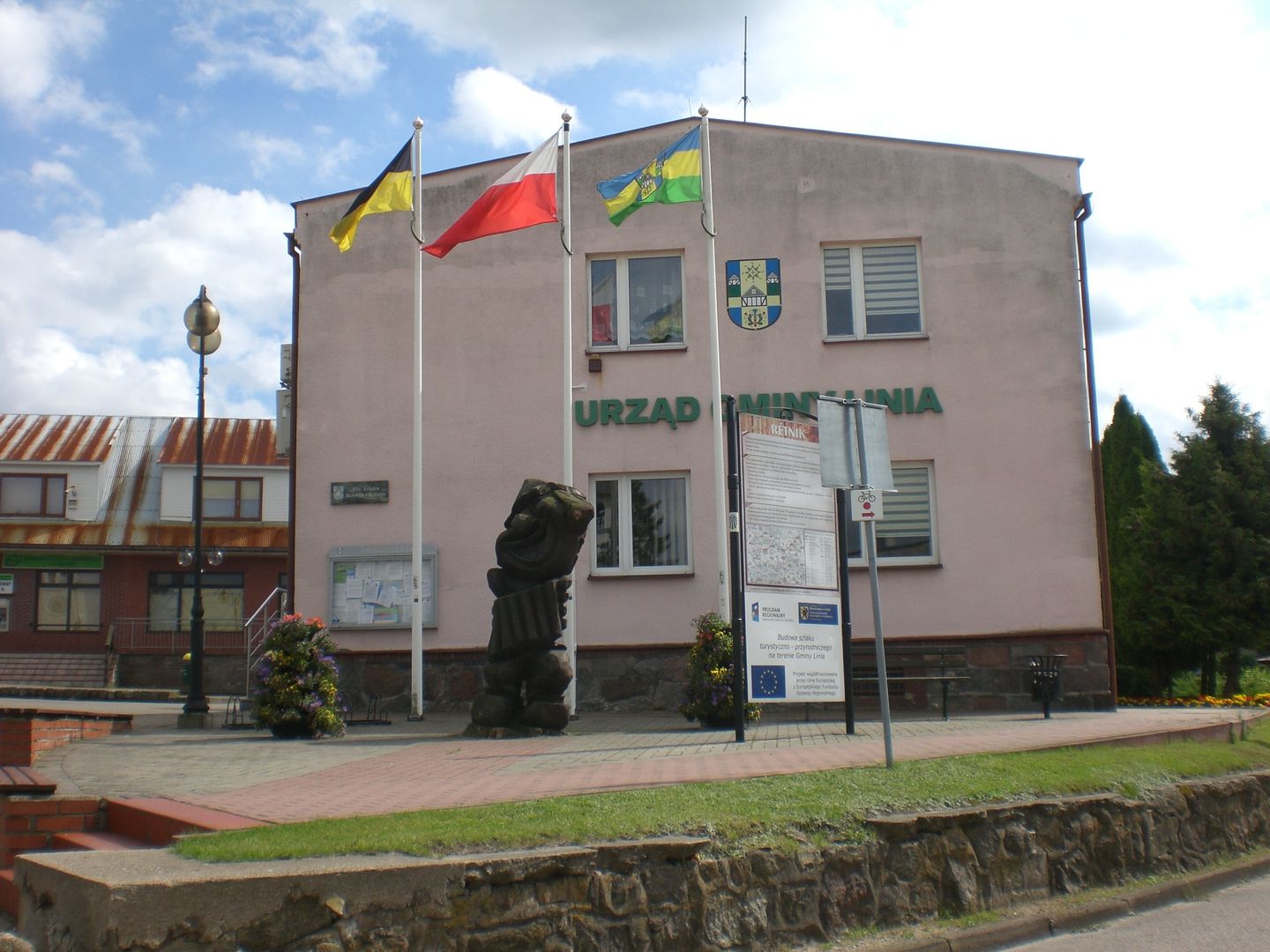Line
6.66

Overview
The commune of Linia, located in the Pomeranian Voivodeship, Wejherowo County, is an area with a rich history and a diverse demographic structure. It consists of 13 village councils, and the seat of the commune is the town of Linia. Between 1975 and 1998, the commune belonged to the Gdańsk Voivodeship. Due to its cultural values, in 2012, the Kashubian language was introduced as an auxiliary language in the commune, highlighting the regional character of the place. According to data from 2021, the commune is inhabited by 6,493 residents, 35.5% of whom speak Kashubian, making it a bilingual commune. Linia also boasts a ranking among agricultural communes, where from 2010 to 2014 it took first place in the category of communes with per capita income exceeding PLN 3,300. In 2009, the tourist trail "Feel the Kashubian Spirit" was created, running through the commune, which is not only a tourist attraction but also an artistic commemoration of Kashubian mythology. Along the trail, there are 13 wooden figures depicting characters from Kashubian legends, created by artist Jan Redźko based on the work of Aleksander Labuda. Among these characters are Rétnik, a spirit responsible for sensual pleasures, or Pikón, a mischievous demon. The commune of Linia has a well-developed transport network, enabling residents and tourists to reach nearby towns and larger cities such as Wejherowo, Lębork, or Kartuzy. The area of the commune is 119.82 km², of which 52% is agricultural land and 37% is forest land, emphasizing its agricultural character. The commune constitutes 9.34% of the area of Wejherowo County. Neighboring communes include Cewice, Kartuzy, Luzino, Łęczyce, Sierakowice, and Szemud, which fosters regional integration and cultural exchange. Thus, Linia is not only a place of rich tradition and culture but also an attractive tourist area, full of inspiring Kashubian heritage.
Location
2025 Wizytor | All Rights Reserved